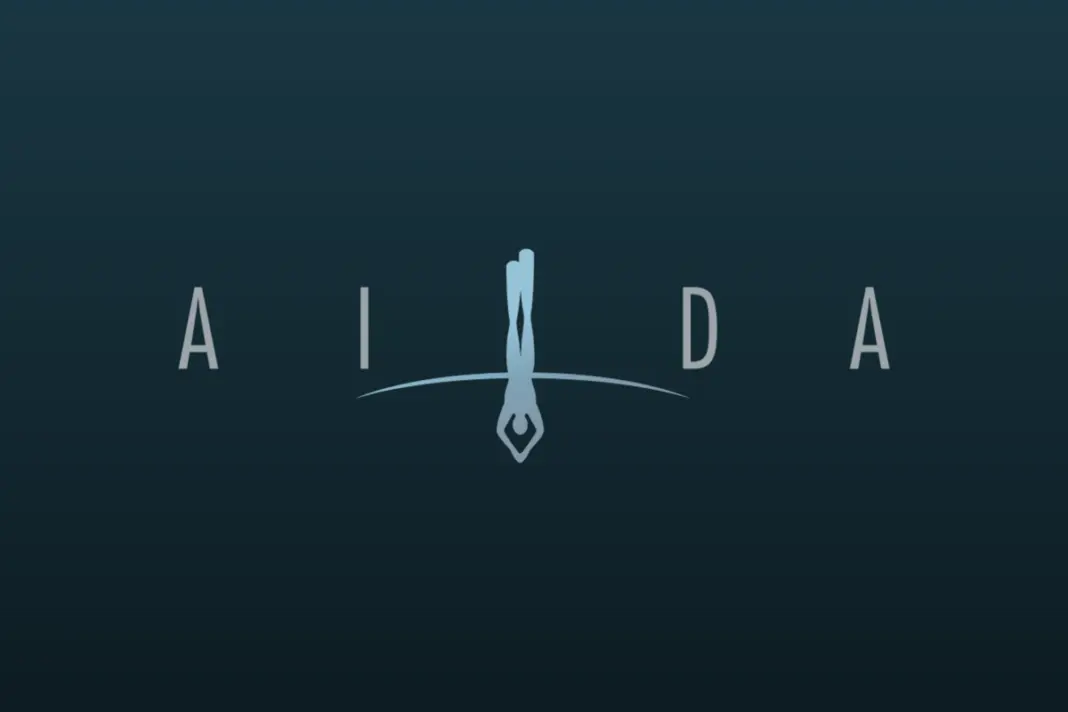If you are a freediver, there is little doubt that you have already heard of the freediving organization AIDA (Association Internationale pour le Développement de l’Apnée, or in English, International Association for the Development of Apnea). If you are not familiar, AIDA is a non-profit freediving organization that was established in 1992 in France but is now based in Zürich, Switzerland. AIDA has its own education system, safety standards, and also oversees competitions as well as national and international records. We will be taking a look at current AIDA courses, how they are created, and what sources are used.
Current available AIDA courses
-AIDA 1
-AIDA 2
-AIDA 3
-AIDA 4
-AIDA Instructor
-AIDA Monofin Freediver
-AIDA Competition Freediver
-AIDA Competition Safety
-AIDA Freediving Emergency Medical Responder
Different courses are available in English, Korean, Traditional and Simplified Chinese, Polish, Portuguese, Russian, French, Spanish, Japanese, Portuguese, German, Indonesian, and Greek.
A Brief History
AIDA’s education system was borne in 2004 with the release of the first educational materials. Before 2004, the AIDA Standards and Guidelines already existed, but the teaching of theory was completely dependent on the instructor teaching it. In 2004, AIDA 2 and 3 slides were made available to instructors to teach to students, thanks to authors Jörg Jansen, Pim Vermeulen, Lotta Ericson, Linda Paganelli, and Sam Kirby. AIDA 4 slides were published at a later date. The first manual was published in 2016, with Oli Christen as the leading author and Per Westin as the medical expert. Information contained in the first educational materials were based on courses taught by leading freedivers and freediving books available at that time, along with scientists who were studying freediving.
The Process Of Creating Manuals And Materials
When creating each AIDA course, a list of chapters with a rough outline of individual sections within the chapters are generated. First drafts of these chapters are created, then reviewed by various instructors and experts. Critiques are made and additional information is added for multiple review cycles, until the final review. Once chapters are finalized, they are sent to a professional proofreader, who checks the text for correct phrasing and grammar. Afterwards, the chapters are sent to the publication coordinator and entered into a publication software that checks the layout, font styles, and creates a uniformed look between all of the manuals.
Once this is complete, the Education Committee calls for photos and diagrams to better illustrate the texts. This is often a long process since photos have to be high quality and specifically illustrating what is in the text. Once these photos are collected, the manual is sent out for its last review from the team for the final edits, and becomes ready for publication. Knowledge reviews are added to the ends of chapters and exams are written to check the understanding of the students.
The Creators Of The Courses And Their Materials
Materials are created and revised with the help of a group of medical experts, athletes, and instructors, all collaborating on the most up-to-date information. Other AIDA instructors are also involved in the process by coming up with initiatives and contributing to developing materials. When major decisions are involved, there are newsletters sent out to all of the instructors that contain surveys, asking instructors to express their views and participate in the decision-making process. Major changes in AIDA Standards are made based on the opinions of AIDA’s own instructors.
AIDA Medical Committee’s Role In Course Materials And Revisions
AIDA’s Medical Committee, which includes Dr. Oleg Melikhov, Dr. Irina Zelenkova, and Dr. Frédéric Lemaître, and other experts on the Expert Council of the Committee, focuses on safety within the sport of freediving. Their job consists of researching freediving physiology and pathophysiology, creating new safety protocols, and constantly improving the current AIDA education materials from a medical and scientific perspective. They do this by analyzing scientific literature on the subject of freediving, speaking with freedivers and interacting with them, and creating questionnaires for freedivers and gathering statistics for their own research purposes. As freediving research continues to develop and grow, materials are updated almost every year with new and improved information.
For more information on AIDA courses, current rankings, news, or to subscribe to AIDA’s newsletter, visit aidainternational.org.

